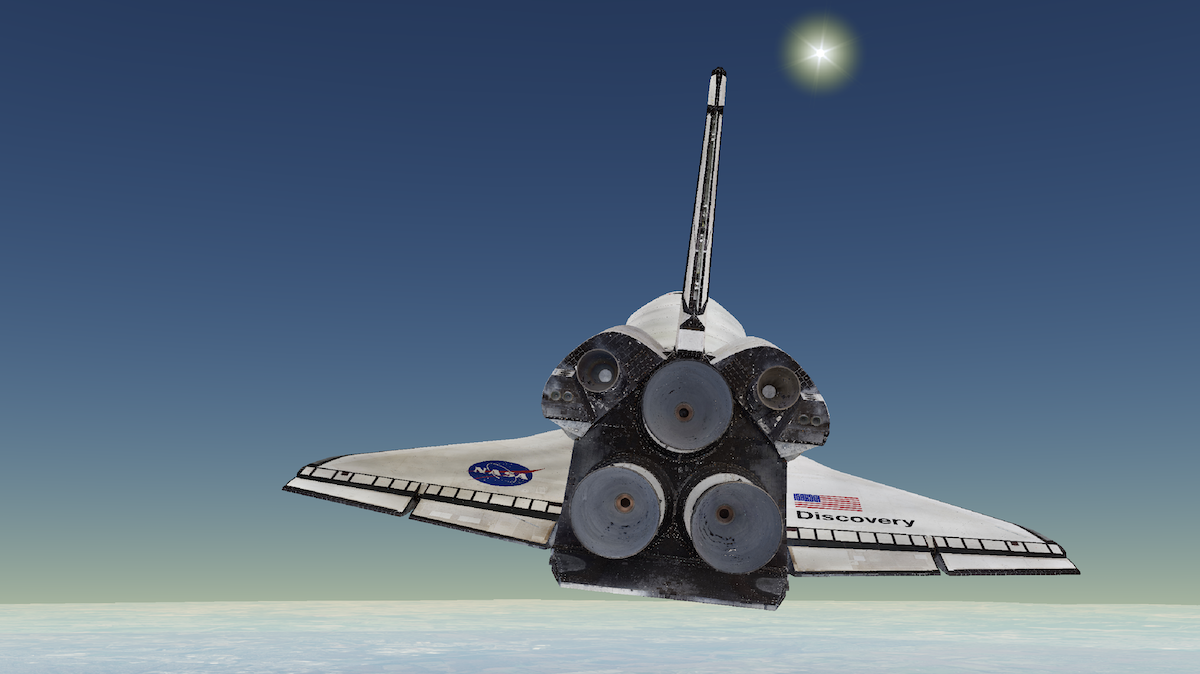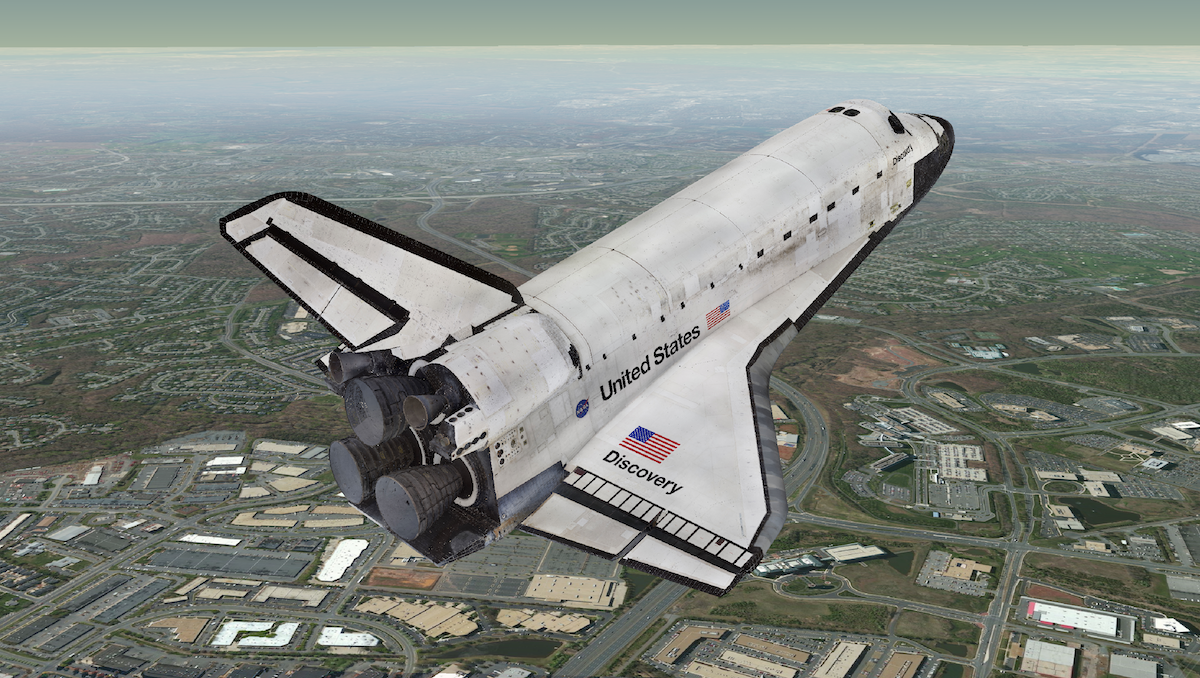3D geospatial data platform company Cesium has partnered with the Smithsonian Institution on its Open Access Initiative to make potentially hundreds of thousands of 3D images shareable with the public.
The Open Access Initiative aims to release nearly 3 million of the Institution’s 2D and 3D images, along with public collections metadata and institutional research data sets that are under a Creative Commons license. The Center City-based company’s 3D Tiles technology will make huge, detailed images of historic figures, such as the Space Shuttle Discovery, shareable and viewable on any device.
“The Smithsonian Open Access Initiative aligns perfectly with Cesium’s vision to make the world’s collection of data more useful and accessible,” said Cesium CEO Patrick Cozzi in a statement. “We are proud that our technology will give researchers, educators, and the public the ability to study 3D models in the Smithsonian’s collection in the highest resolution detail from anywhere in the world.”

Historically, said Omar Shehata, a graphics programer at Cesium, these highly detailed images were so large that you simply couldn’t download and look at them on a computer. Often, they’d be mailed place to place on a hard drive.
Once Cesium uploaded the space shuttle image to its 3D Tile software, it was an automatic process — the tech turns it into a scalable image that allows for roaming and zooming capabilities.
“Originally you’re looking at a simplified model, but when you zoom in, you can look at all the little details on the shuttle,” he said of the company’s first 3D tiled image for the Institution.
The Space Shuttle Discovery lives at the National Air and Space Museum in Chantilly, Virginia, and is more than 122 feet long and weighs more than 4.5 million pounds. It was scanned by the Smithsonian, but the resulting image hadn’t yet been able to be shared publicly because it was too massive.
Cesium’s 3D tiling of the image allows you to move around the massive structure, zooming in on various details.
Check it out3D Tiles has become the standard file format for 3D data, just like .jpg is a standard file format for images, according to Andie Tursi, Cesium’s director of marketing and communications. Once an image is uploaded to the Cesium ion platform, the program chops the image up into “tiles” and streams only those tiles necessary for a given 3D view.
The company also used a new application, called Cesium Stories, to build and share the 3D geospatial presentations and stories included on the Smithsonian’s site. The company describes the application as a “PowerPoint for geospatial.”
The Space Shuttle Discovery is the first 3D model that Cesium has helped become sharable, but Tursi said that the plan is to do many more. The Institution has millions of images including dinosaurs and space scenes that can be made shareable and interactive.
“We’re just getting started,” she said.







